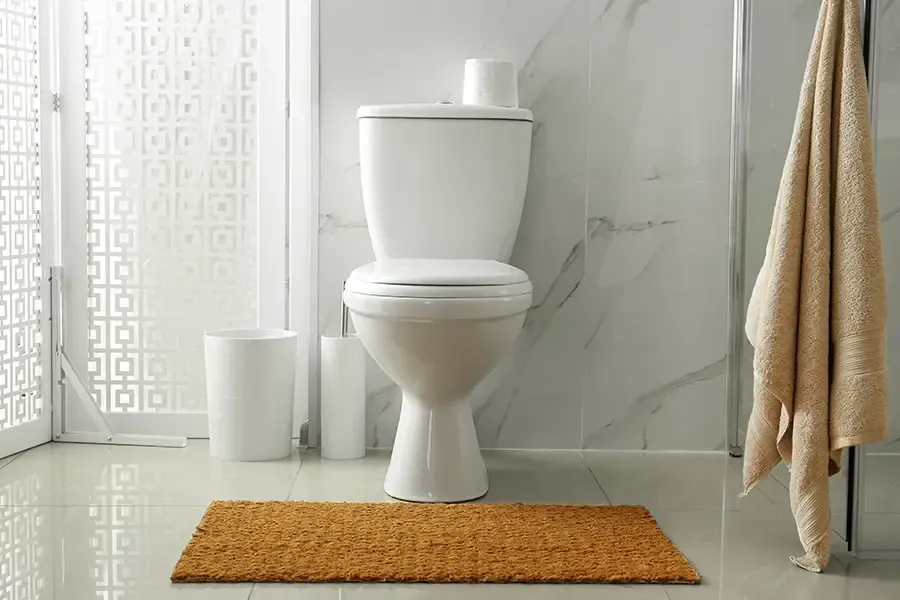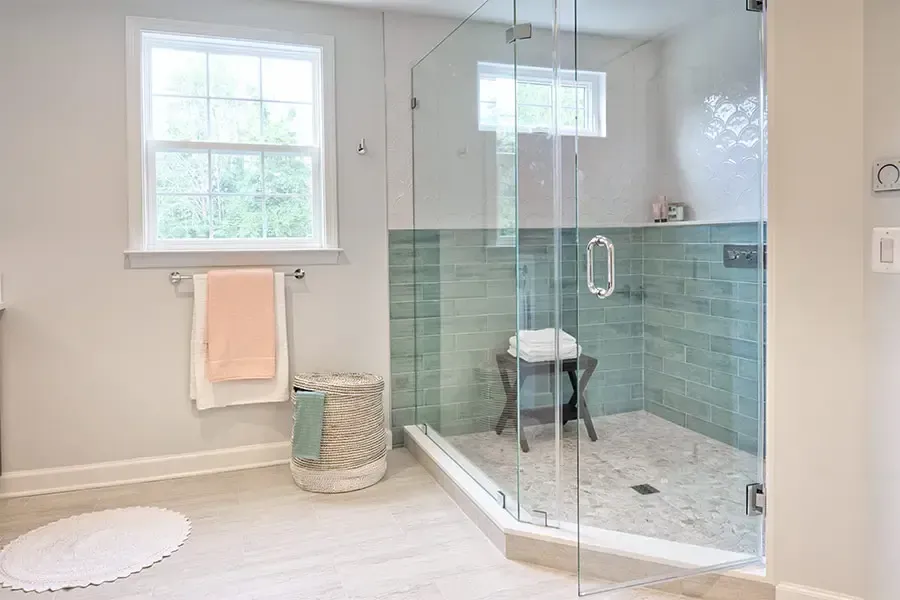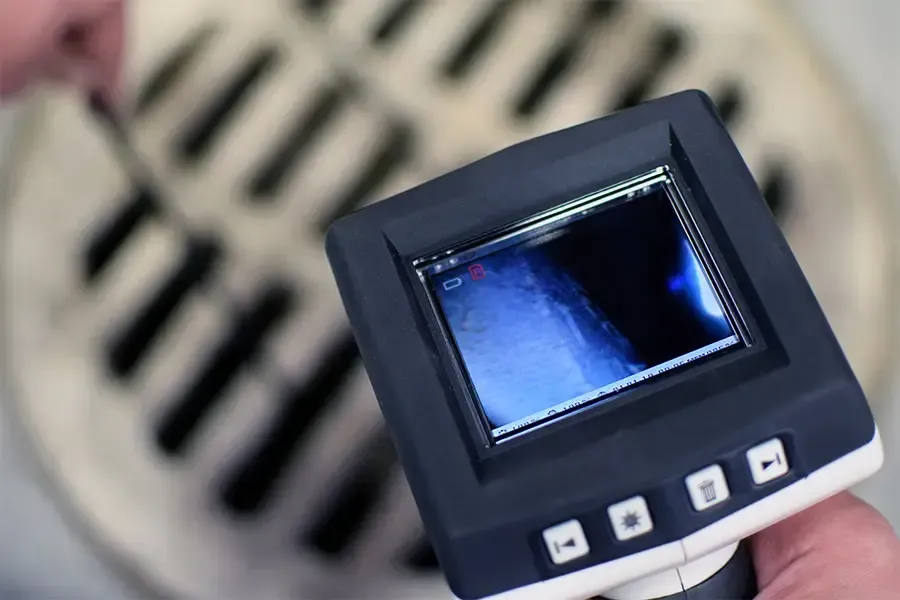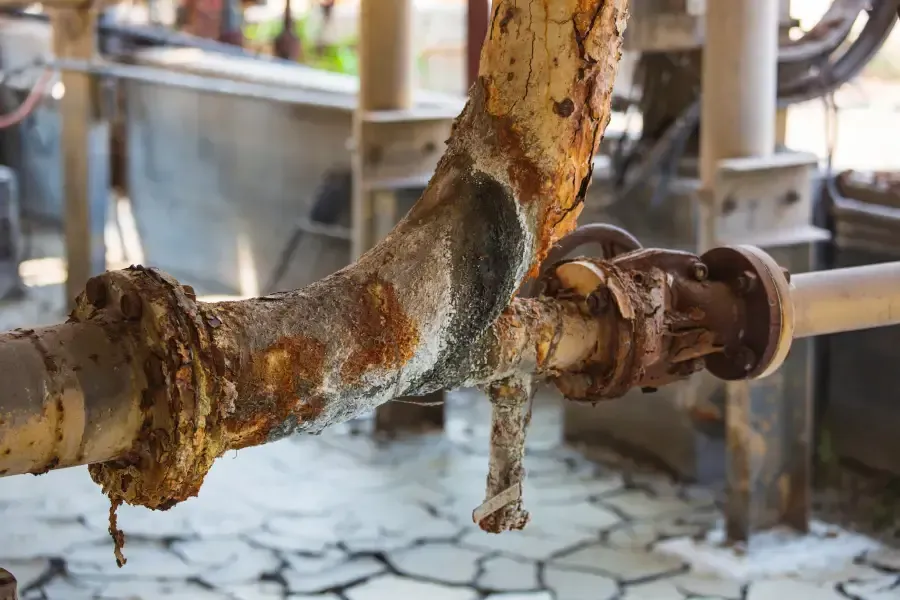How Long Does It Take To Install a Kitchen Faucet?
Getting a new faucet for your kitchen sink requires several steps that can be difficult if you don't have the proper training. Exactly how long does it take to install a kitchen faucet? This guide uncovers all of the steps that plumbers take to complete a faucet installation.
Discover what this home improvement project entails and how long you can expect the entire process to take. If you need an experienced plumber in Cleveland Heights to facilitate the installation, reach out to Formica Plumbing & Sewer Co. Our licensed plumbers understand the ins and outs of kitchen plumbing and can equip your sink with a new faucet quickly.
Figure Out the Type of Faucet You Want
You'll have your pick of either a standard kitchen faucet or a high-arch faucet. The standard option is more affordable but doesn't offer as much versatility when it comes to washing a sink full of dishes. High-arch faucets are ideal for dishwashing as well as filling large pots.
If you choose to install a high-arch faucet, you have the option of getting a detachable spray hose which makes it much easier to manage the water flow. These hoses can either pull down from the top of the faucet or extend out toward you.
Other available options include:
- Single-handle faucets: You'll have one lever that controls your hot and cold water supply by moving the handle side to side.
- Dual handle faucets: This type of faucet features separate hot and cold handles for seamless water temperature control.
- Touch faucets: Opt for a modern faucet that turns on and off with the touch of your fingers. Simply tap the smart sensor to trigger your water supply.
Remove the Current Faucet
How long does it take to install a kitchen faucet once you pick out your replacement? The answer typically depends on the time it takes to remove your current faucet and its framework. Removing the old faucet helps you understand your sink's hardware and any potential extra steps you'll have to take before installing your new one.
Plumbers need to examine the different holes in the sink and their distance apart. Installing your new faucet may require adding a separate base plate called the escutcheon plate which covers open or unused holes. If necessary, plumbers may need to use this plate to drill additional holes for the new faucet's handles.
You'll have to shut off the water supply to your kitchen sink when removing the old faucet and keep it off during the installation process.
Add Additional Time for Wall-Mounted Faucets
Kitchen faucets that attach to the wall rather than the sink give your space a modern, trendy aesthetic. However, making this design choice means that a simple home improvement project will turn into a more complex endeavor. How long does it take to install a kitchen faucet that mounts to your wall?
This installation can take longer than the traditional sink-mounted faucets because plumbers have to open up the wall behind the sink. They need to run new water supply lines through this wall so you can use the faucet with ease. The total cost and time it takes to complete this project often depend on the pipe material that a plumber uses.
Common piping materials that plumbers recommend for water supply lines include:
- Chromed copper
- Flexible and rigid copper
- Galvanized iron
- Chlorinated polyvinyl chloride, or CPVC
- Cross-linked polyethylene
DIY vs. Professional Faucet Installation
Homeowners looking to upgrade their sinks may try to save money by doing the installation themselves. Depending on the type of faucet you're looking to install and your plumbing experience, it can be a simple project to take on. However, hiring a professional plumber ensures that the installation is accurate and completed in a timely manner.
Faucet installation involves removing the nuts that hold the faucet in place. Maneuvering yourself around the underside of the sink to loosen these pieces can be difficult. The project becomes even more advanced if you need to remove the drain tap, garbage disposal, or other part of your kitchen's plumbing system.
Contact a local plumber and ask them, "How long does it take to install a kitchen faucet?" Most contractors need about 30 to 60 minutes to complete the task, depending on the complexity of the project.
When Should You Replace Your Kitchen Faucet?
Experts recommend replacing your faucet after about 15 years of use. The fixture only has a lifespan of 20 years before it starts to malfunction. If you experience any of the following issues, consider upgrading your faucet.
Rusting or Scratches
Patches of rust appearing on your faucet are a notable sign of aging. The fixture could also show permanent scratches that impact its overall appearance. Replacing it with a newer faucet will give your kitchen a more modern look.
Weak Water Pressure
If you have weak water pressure across all of your plumbing fixtures, have a plumber investigate to find the cause. However, if the issue impacts only your kitchen faucet, take it as a sign to replace the fixture. The faucet is likely nearing the end of its lifespan and unable to regulate the flow of water.
Constant Dripping
Leaky faucets are one of the most common plumbing issues that homeowners face. Keep an eye out for leaks around the handles or beneath the sink and consider installing a new faucet to resolve the issue. Plumbers can repair leaks but for the cost, it's worth looking into replacement.
Contact Formica Plumbing & Sewer Co. for Faucet Repairs and Installation
Now that you know the answer to, "How long does it take to install a kitchen faucet?" you'll know exactly what to expect when you schedule a professional installation service. At Formica Plumbing & Sewer Co., we perform superior fixture installation, drain cleaning, and much more. Turn to our local experts if you need to upgrade your faucet or want to know the top causes of recurring clogs in your sink.
Call 440-485-3850 to request immediate service in Northeastern Ohio. Request service today.
Author Bio:
Matt Formica
He worked side by side with his cousin, Frank D. and sister Linda, in the office. The company has grown and now has six vans helping the surrounding communities with plumbing and sewer issues.















